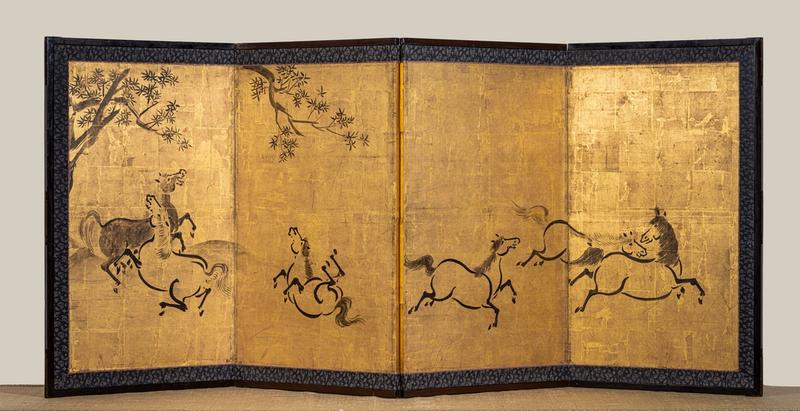A four-fold paper screen painted in ink on a gold ground with six horses frolicking beneath a tree.
Japan, 19th century, Edo period.
Dimensions: H. 82.5 cm x W. 192 cm (32½” x 75½”)
Horses entered Japan from the continent in the prehistoric period and were used initially for domestic purposes. Military use of the horse in Japan began centuries later, at the end of fourth century. Thereafter, even in times of peace, horsemanship was an important attribute of the court and military elite.
Horses are also highly regarded in the religious realm too. In Shinto it is believed that horses carry messages between the temporal and heavenly realms and kami (gods) appear on horses. In this regard, white horses were initially kept at important shrines as sacred animals, but when this became prohibitively expensive, large carvings or paintings of horses were often substituted. Ema (horse pictures) are votive plaques where horses are depicted and are placed at shrines and temples to convey one’s prayers and petitions to the gods.
Screens
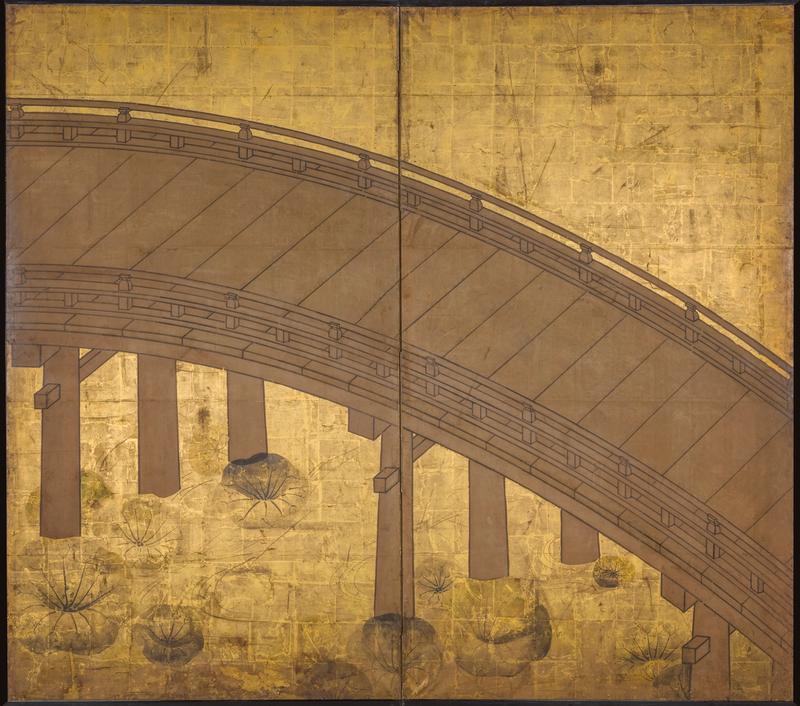
A two-fold screen with the Uji River and its bridge

An eight-fold screen depicting flowers of the four seasons
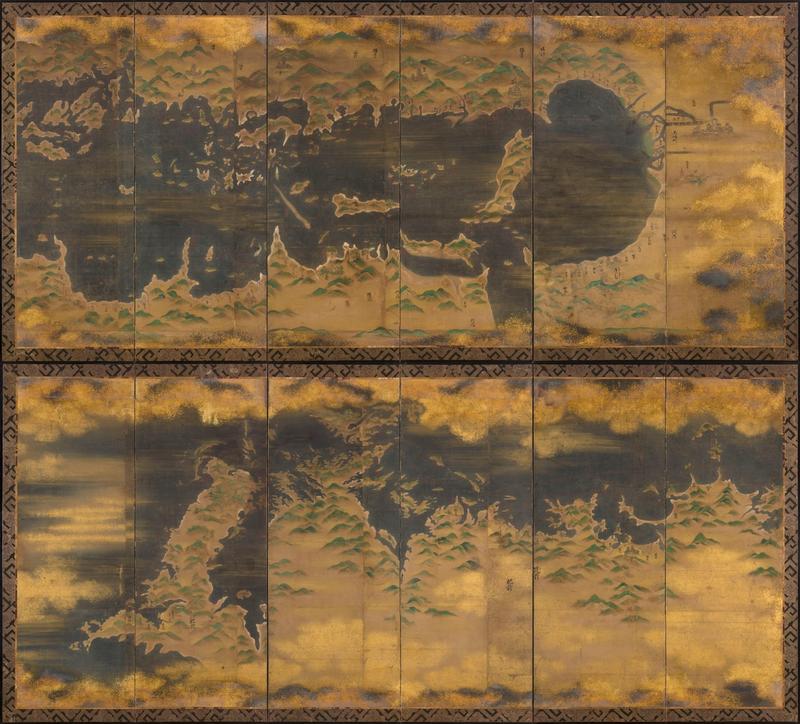
A pair of six-fold screens depicting the maritime routes of the Seto Inland Sea and of the north of Kyushu Island
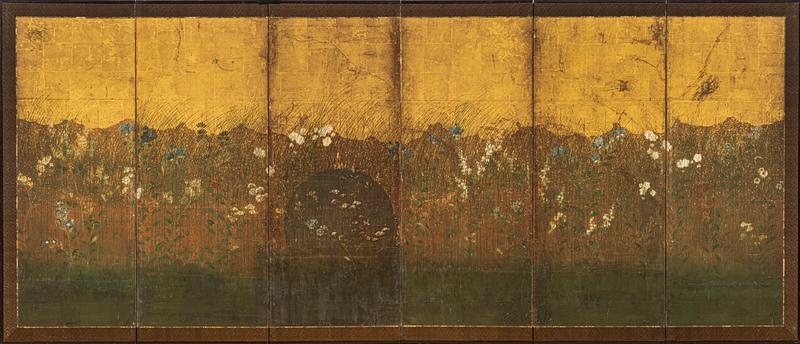
A six-fold paper screen with the Plains at Musashino

A pair of six-fold paper with sweetfish
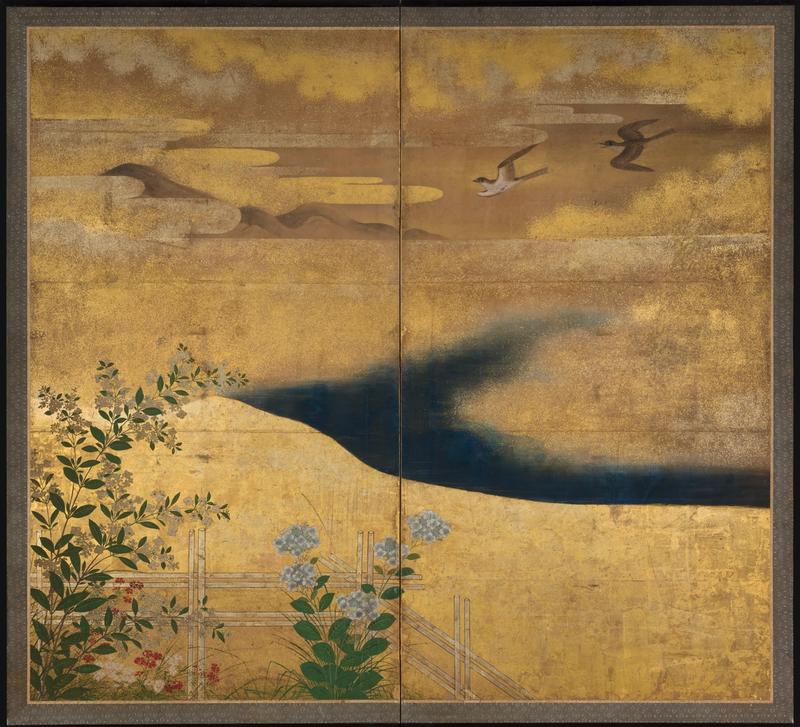
A two-fold screen with a river landscape

A six-fold screen with a covey of uzura and chicks
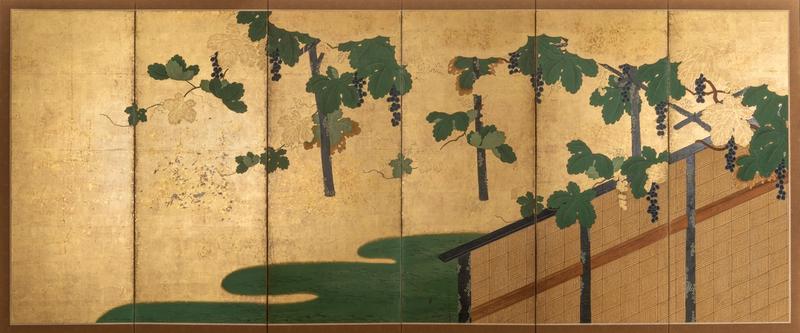
A six-fold screen with grape vines
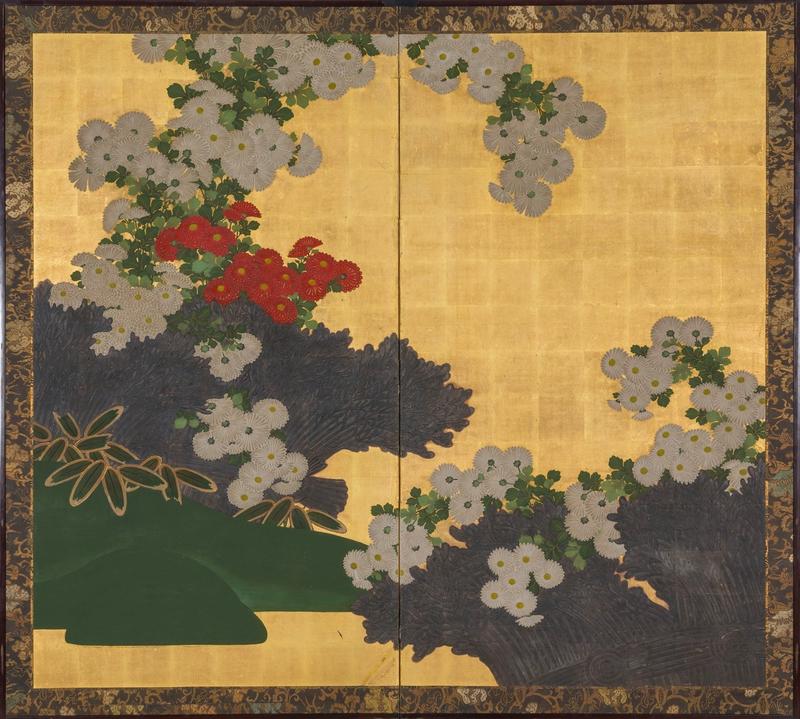
A two-fold screen with chrysanthemums
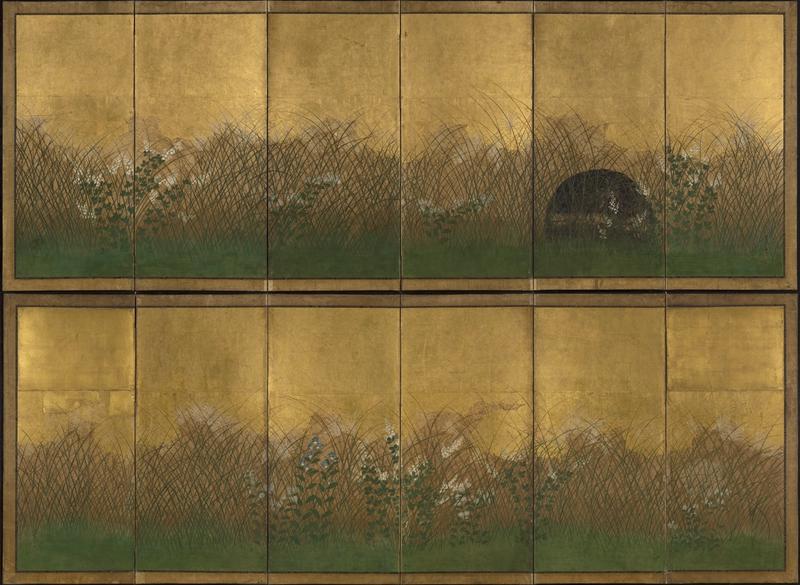
A pair of six-fold paper screens with the Plains at Musashino
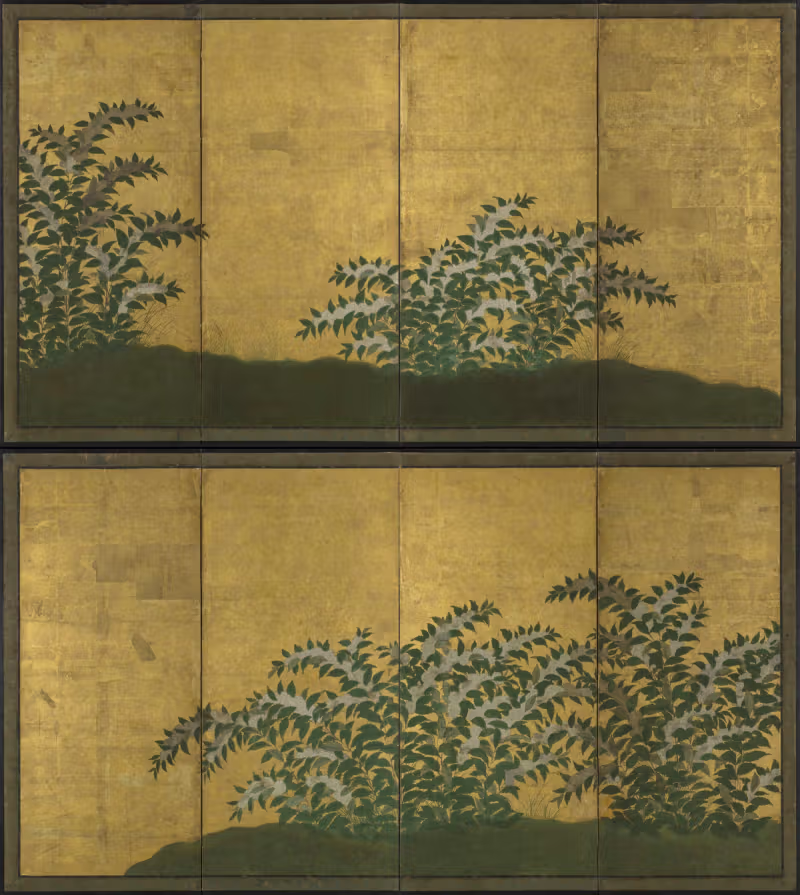
A pair of four-fold screens with kuri flowers
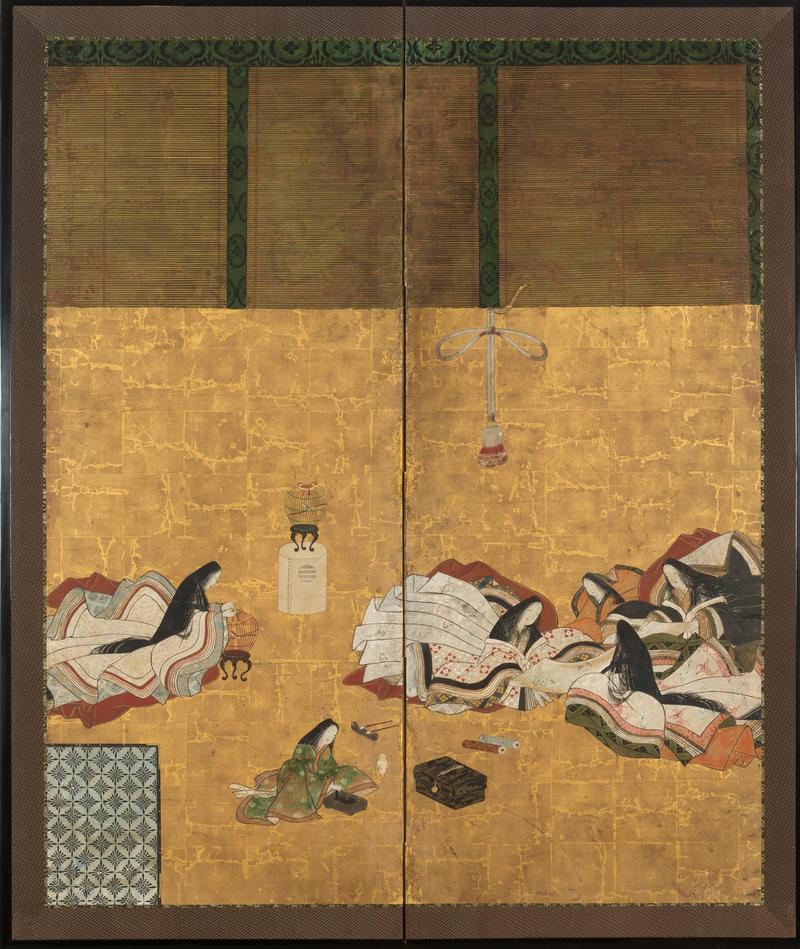
A two-fold screen with court ladies
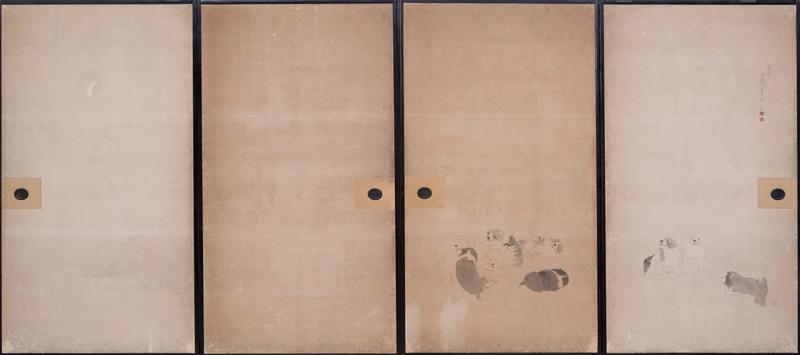
Four fusuma by Nagasawa Rosetsu

A six-fold screen with autumn flowers and grasses
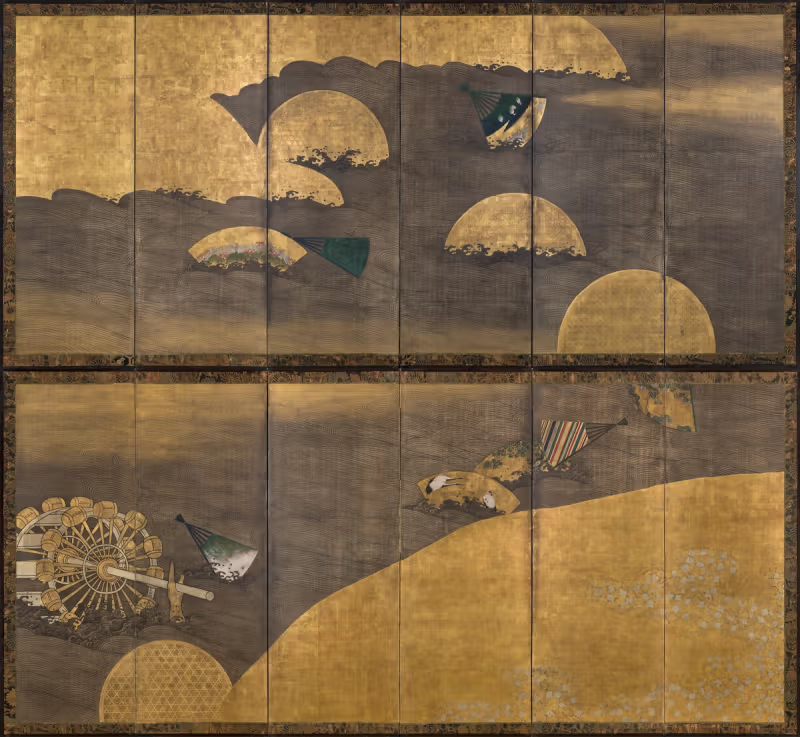
A pair of six-fold screens with scattered fans
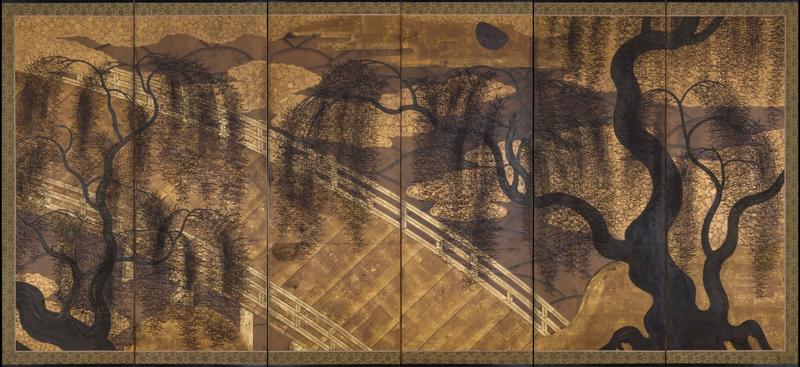
A paper screen with the Uji river and its bridge
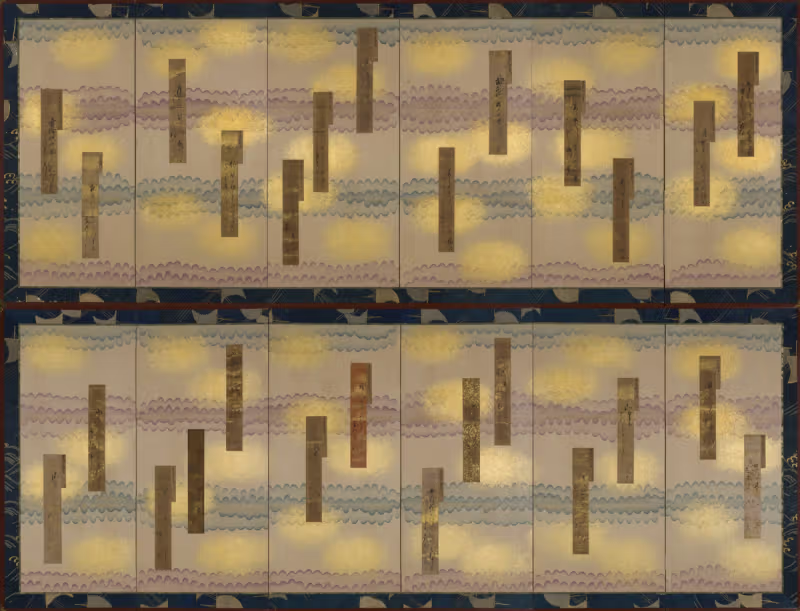
A pair of six-fold screens with poem slips from the 17th century

A pair of six-fold screens depicting ‘One Hundred Boys'
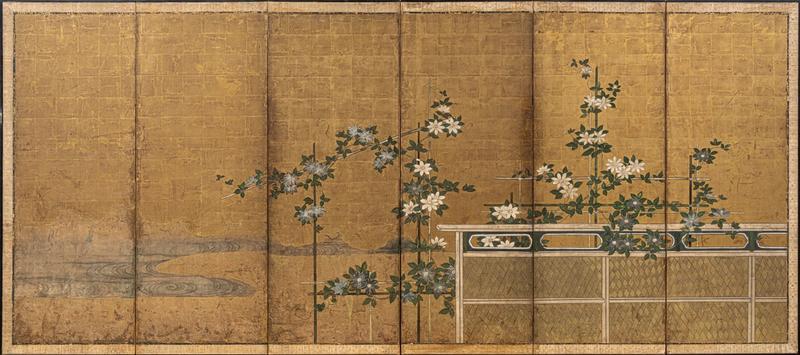
A pair of six-fold screens with clematis
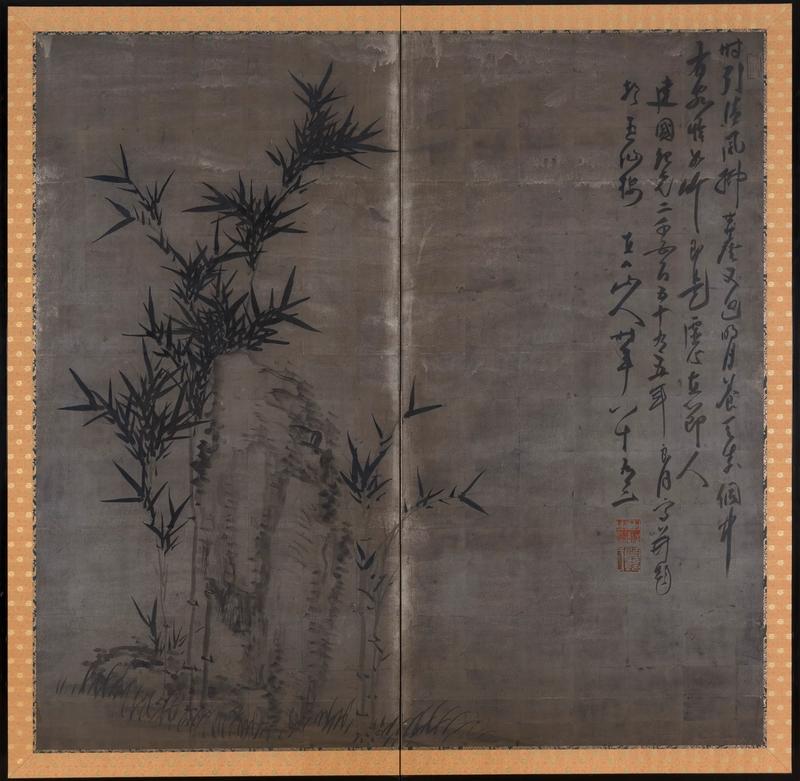
Tanomura Chokunyu - screen painted in ink on a silver ground with a rock, bamboo and calligraphy

